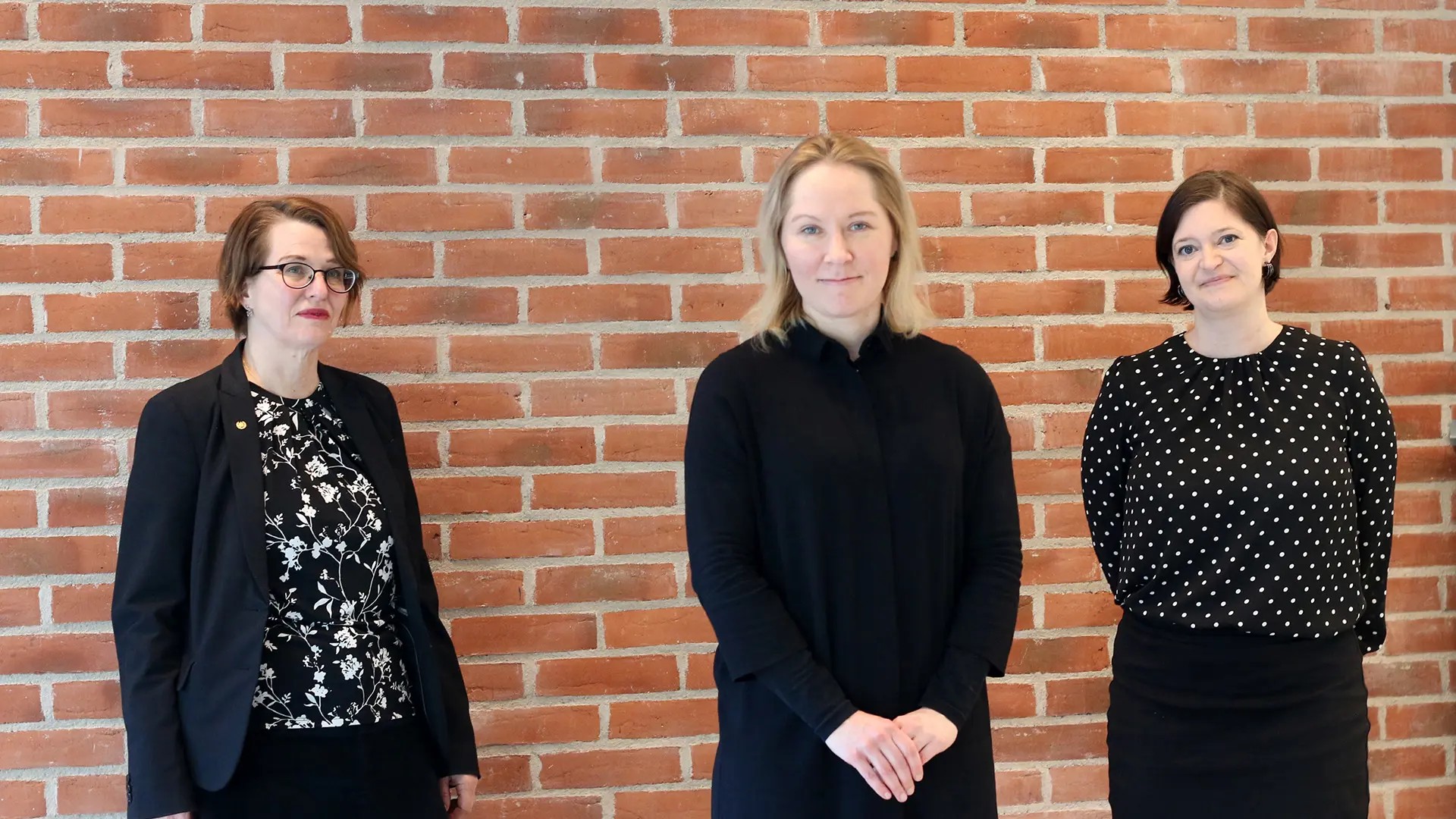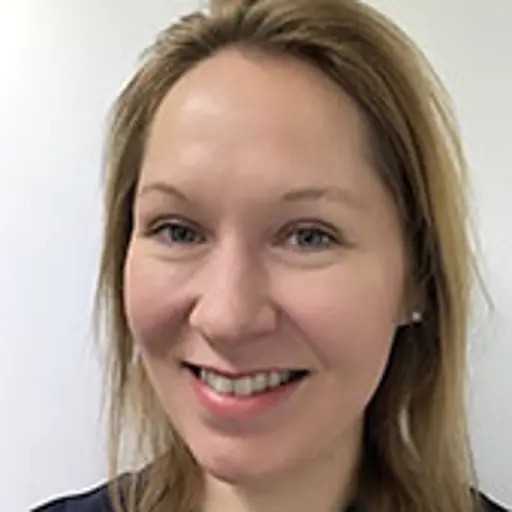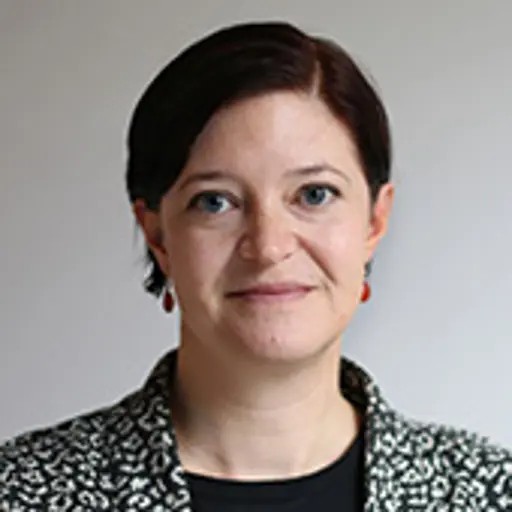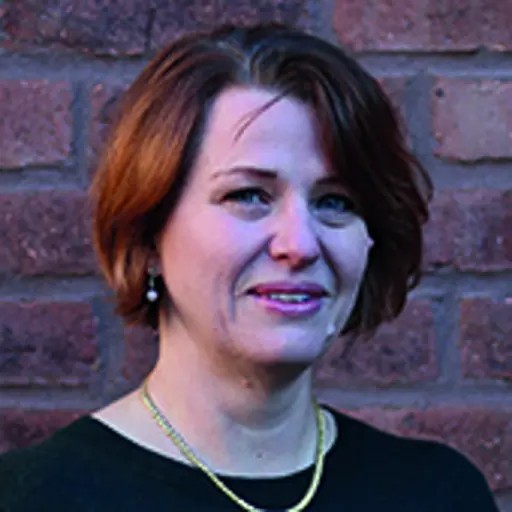
Researchers in Materials Science and Industrial Biotechnology at Chalmers University of Technology will combine forces to produce sustainable light-weight materials of the future.
The project, led by Chalmers, has been awarded the prestigious EU-grant FET Open.
The aim of the FET Open-project is to develop lightweight materials from wood-based components, involving metabolically engineered microorganisms in the process.
There is an urgent need to reduce causes of climate change, microplastic pollution and raw material shortages, and this may be achieved by replacing fossil-based resources with renewable ones. At the same time environmentally friendly processing technologies to create safe products with minimum impact on the environment must be developed.
Light-weight materials for transportation and sports
”Our project is a unique opportunity for materials engineering to meet biotechnology for production of light-weight materials,” says project co-ordinator Tiina Nypelö, Associate Professor at the Department of Chemistry and Chemical Engineering at Chalmers, continuing:
“We see transportation and sports as application fields to contribute to.”
In her work Tiina Nypelö combines forest products technology, material science and renewable resources for advancing sustainable materials engineering. Her appointment at Chalmers is affiliated with Wallenberg Wood Science Center (WWSC).
Research expertise will be used in completely new ways
In the project, she is collaborating with Chalmers researchers Cecilia Geijer, Assistant Professor at the Division of Industrial Biotechnologyand Lisbeth Olsson, Professor in Industrial Biotechnology, and Co-Director of WWSC. Their research focus is on the design and use of microorganisms in processes where plant cell wall materials are converted to biofuels, biochemicals and material.
”Even though Lisbeth, Tiina and I are already working with sustainability issues, the approach we have to this challenge is new territory, which I personally think is very cool. We will all be applying our research expertise in completely new ways to create novel light-weight material, and we are aiming for this project to have a great impact on society in the future. The interdisciplinary aspect of the project is exciting and very important as it will build bridges between our research groups, divisions and departments,” says Cecilia Geijer.
Potential of great societal impact
The EU-grant FET Open supports science and technology research and innovation towards radically new future technologies with the potential of great societal impact. The Chalmers’ co-ordinated project has been granted three million Euros, involves three Chalmers research groups from two departments, together with four partners from Austria and Spain, and will run for four years.
More about the Collaboration Partners
TU Graz
- Wolfgang Bauer and Stefan Spirk, both professors at the Institute of Bioproducts and Paper Technology at Graz University of Technology in Austria, will support project by developing tailored cellulose starting materials.
“We are very excited to work together with the Chalmers team to create the next generation of cellulose light-weight materials. Our decade long experience to work with cellulosic pulps and in fibre and paper physics will be invaluable for this cooperation,” says Wolfgang Bauer. - Hermann Steffan and Florian Feist, TU Graz, Institute for Vehicle Safety, Austria, will provide the expertise in the field of crashworthy materials to make the biogenic materials ready-for-action in mechanical engineering.
"In automotive engineering sustainability when developing materials, is playing an increasingly important role. For a novel material to be applied in contemporary automotive development, it must be assessable through computer simulation. This requires comprehensive characterization of the material's physical properties and adequate materials models,” says Hermann Steffan.
TECNALIA
- Dr. Sonia García-Arrieta, from the Composite Materials Department of the Industry and Transport division of TECNALIA in Spain, will work on the demonstration of cellulose material for a real application.
"Tecnalia aims to bring innovative developments in new materials to the industry. Our pilot plant has a wide variety of semi-industrial machines for the automotive, aeronautical or sports sectors where composite materials have their main application. In the project we will scale up the manufacturing process, we will validate the moulding capacity to adapt to complex shapes and we will study the parameters that influence upscaling. The goal objective will be to obtain a large component for sports application and to validate it under similar mechanical conditions to those of its final application," she says.
BioNanoNet Forschungsgesellschaft mbH
- The BioNanoNet Forschungsgesellschaft mbH (BNN), an RTO based in Austria, complements the consortium with its safe-and-sustainable-by-design (SSbD) expertise, will thus look into the manufacturing processes to identify potential hotspots to outdesign these already during early stages of the development. Furthermore, BNN will support the project through its unique global network to gain maximum of visibility and thus boosting the impact of the project.
University of Vienna
- Alexander Bismarck, Head of the Institute of Materials Chemistry and Research, Faculty of Chemistry at the University of Vienna, will lead the work on material processing and performance optimisation. His team contributes with an extensive expertise in material and composites engineering and with access to the recently established Institute’s Core Facility Interface Characterisation with high-end methods for the investigation of material properties.
“We develop a strong, renewable material for a cool application. The question is: how can we go from the lab side to application? Based on our interdisciplinary approach, combining basic chemistry, materials science, engineering, and processing, we aim at establishing a viable material process that will guide us towards a highly functional and sustainable light-weight material for future applications,” he says.
Contact
- Visiting Researcher, Applied Chemistry, Chemistry and Chemical Engineering
- Associate Professor, Industrial Biotechnology, Life Sciences
- Centrumföreståndare, Life Sciences


